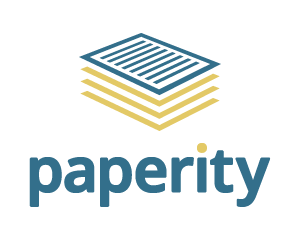International Machinery on Human Rights
Abstract
Human rights have long been a subject of international concern. This is constantly reaffirmed by our leaders in their pronouncements on regimes notorious for their denial of rights, such as South Africa. Human rights was high on the agenda at the recent summit between President Reagan and Mr Gorbachev. From the inception of the United Nations there has been continuous activity in drafting human rights declarations and conventions, encouraging their adoption, signature and ratification, and in overseeing their implementation. This year sees the fortieth anniversary of the U.N. Declaration of Human Rights. What I propose to do is to outline the U.N. human rights machinery, then address some of the constraints upon it, and suggest some ways to make it more effective.
Published
Dec 1, 1988
How to Cite
EVATT, The Hon. Justice Elizabeth.
International Machinery on Human Rights.
QUT Law Review, [S.l.], v. 4, p. 56-64, dec. 1988.
ISSN 2201-7275.
Available at: <https://lr.law.qut.edu.au/article/view/293>. Date accessed: 01 feb. 2021.
doi: https://doi.org/10.5204/qutlr.v4i0.293.
Section
Articles - General Issue
Since 2015-12-04
Abstract Views
1936
PDF Views
1527
Until 2015-12-04:
Abstract Views
608
PDF Views
698
Authors who publish with this journal retain copyright and grant the journal right of first publication with the work simultaneously licensed under a Creative Commons Attribution License (CC-BY) that allows others to share the work with an acknowledgement of the work's authorship and initial publication in this journal.
Articles in this journal are published under the Creative Commons Attribution Licence (CC-BY). This is to achieve more legal certainty about what readers can do with published articles, and thus a wider dissemination and archiving, which in turn makes publishing with this journal more valuable for authors.






